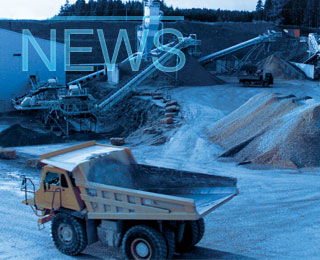Saudi Arabian cement consumption is expected to see a double-digit advance in 2012 thanks to increased levels of government spending, and while fuel shortage remains the key supply constraint for the domestic cement sector, the demand outlook remains strong, says a new report by NCB Capital.
The main drivers for medium-term demand growth are government spending on infrastructure projects and housing, the research house notes. The economics team at NCB estimate 2012 government spending to be 13 per cent higher than budgeted at SAR780bn in addition to the SAR120bn allocated to build 500,000 housing units. Therefore, this year it forecasts cement demand to rise by 10.8 per cent to 52.2Mt and eight per cent in 2013.
“We believe the elevated levels of government spending, particularly housing projects, will boost demand for cement,” the report said. For the 2011-16 period, growth is expected to achieve a CAGR of 6.3 per cent.
NCB sees market activity shifting from the central to western region due to the government’s redevelopment projects. The western region is now at the heart of mega projects such as the Haramain railway, Jeddah’s new airport and major other infrastructure projects. While demand in the central region remains strong, a stabilization is being noted.
Owing to the regional shift in demand, according to the report, prices in the western region are close to the government-set price ceiling of SAR250/t, while in the Eastern Province prices are marginally lower at SAR244/t. However, Al-Jouf Cement and Arabian Cement are selling at the higher prices of SAR260 after they received regulatory approval.
Cement industry players believe the reason for the ongoing higher prices faced by retail buyers is mainly due to higher costs from transportation companies. It is believed prices will remain elevated in the short run due to the supply constraints and also in the medium term due to the strong demand outlook.
The report highlights that Southern Cement and Saudi Cement will be able to take advantage of strong demand and constrained supply because of their spare capacity and high stock levels.
